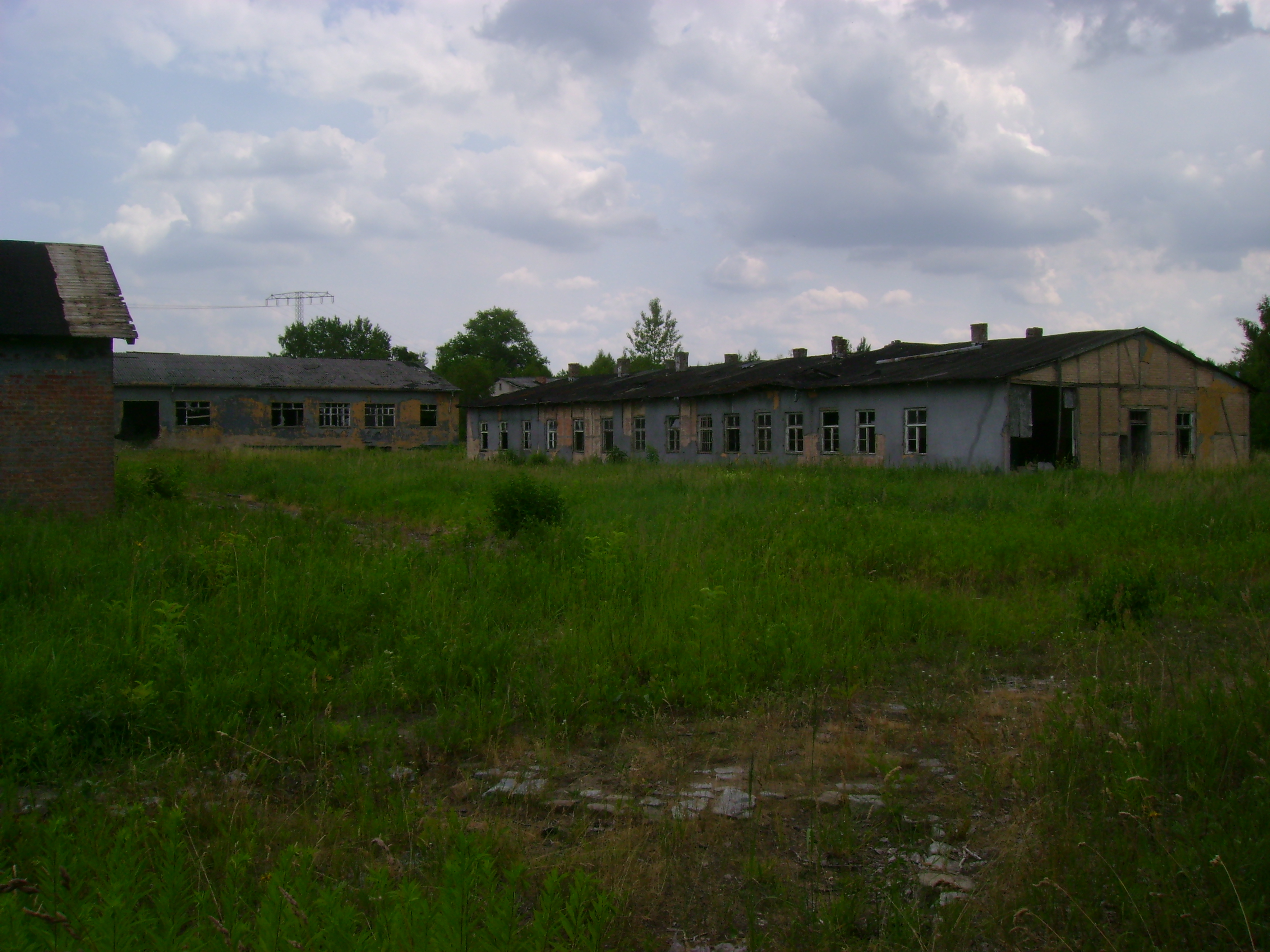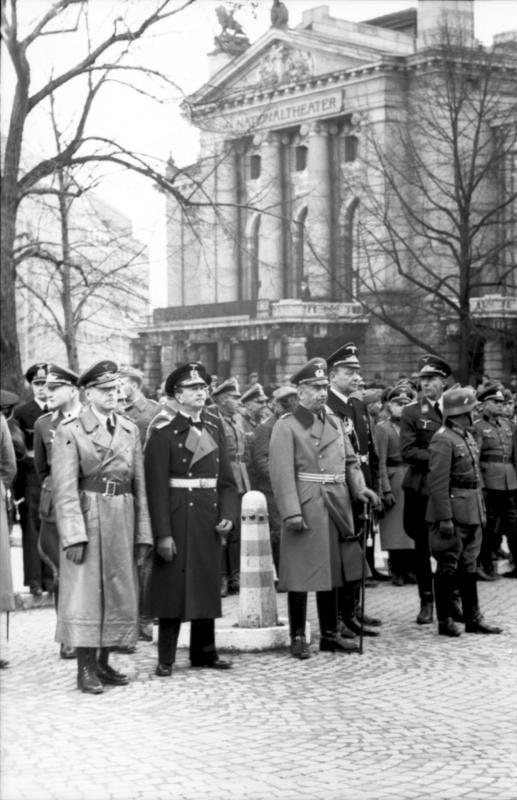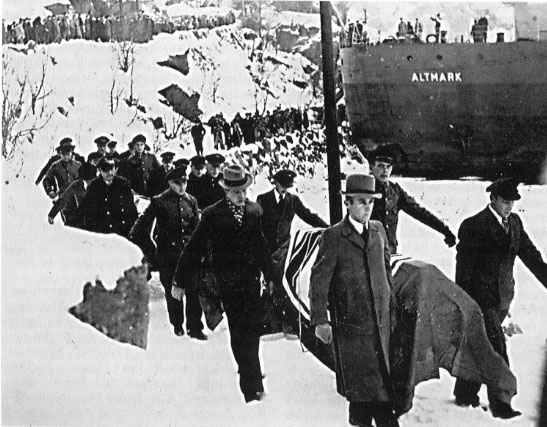|
Tancred Ibsen
Tancred Ibsen (11 July 1893 – 4 December 1978) was a Norway, Norwegian Officer (armed forces), military officer, Aircraft pilot, aviator, film director and screenwriter. Background Ibsen was the son of Sigurd Ibsen and Bergljot Bjørnson. He was the grandson of both Henrik Ibsen and Nobel laureate Bjørnstjerne Bjørnson. He married dancer and actress Lillebil Ibsen in 1919, and remained married to her until his death in 1978. His son Tancred Ibsen, Jr. (1921–2015) was a Norwegian diplomat. Aviation career In 1917, Tancred Ibsen started pilot training at Kjeller Airport and began his career in the Norwegian Army Air Service. He started the first civilian active airplane company, ''A/S Aero'' in 1920, financed by his uncle, businessman Einar Bjørnson, and two shipowners. The company successfully operated demonstration, advertising, and limited mail flights with Ibsen as the head pilot. The company also chartered airplanes to the Det Norske Luftfartrederi routes in southern Norw ... [...More Info...] [...Related Items...] OR: [Wikipedia] [Google] [Baidu] |
Den Store Barnedåpen
''Den store barnedåpen'' (The Great Christening) is a 1931 Norwegian comedy film. It was directed by Tancred Ibsen and featured Einar Sissener, Aase Bye and Unni Torkildsen Unni Torkildsen (14 August 1901 – 20 June 1968) was a Norwegian actress. Biography She was born in Kristiania (now Oslo), Norway. She was first married to actor Olafr Havrevold (1895–1972). Her second marriage was to the actor Oscar .... It was the first feature-length Norwegian sound film. It was based on the 1925 play of the same name written by Oskar Braaten (1881–1939). The lacklustre Harald (Sissener) is taken in by Alvilde (Bye), and charged with looking after her bastard child. It soon dawns on both of them that Harald has more potential than previously assumed. Cast References External links * * ''Den store barnedåpen''at the Norwegian Film Institute 1931 films 1931 comedy films Films directed by Tancred Ibsen Norwegian black-and-white films Norwegian comedy ... [...More Info...] [...Related Items...] OR: [Wikipedia] [Google] [Baidu] |
Gausdal
Gausdal is a municipality in Innlandet county, Norway. It is located in the traditional district of Gudbrandsdal. The administrative centre of the municipality is the village of Segalstad bru. Other villages in Gausdal include Follebu, Forset, and Svingvoll. The municipality is the 91st largest by area out of the 356 municipalities in Norway. Gausdal is the 157th most populous municipality in Norway with a population of 6,079. The municipality's population density is and its population has decreased by 1.3% over the previous 10-year period. Logging, farming, and tourism are important industries in the municipality. General information The parish of Gausdal was established as a civil municipality on 1 January 1838 (see formannskapsdistrikt law). On 1 January 1867, a small area of neighboring Øyer Municipality (population: 40) was transferred into Gausdal. In 1879, the municipality of Gausdal was divided into two separate municipalities: Vestre Gausdal in the northwest (p ... [...More Info...] [...Related Items...] OR: [Wikipedia] [Google] [Baidu] |
Tønsberg
Tønsberg , historically Tunsberg, is a city and municipality in Vestfold og Telemark county, eastern Norway, located around south-southwest of Oslo on the western coast of the Oslofjord near its mouth onto the Skagerrak. The administrative centre of the municipality is the city of Tønsberg. The city is the most populous metropolis in the district of Vestfold with a population of 52,419 in 2019. The municipality has a population of 56,293 and covers an area of in 2020. Tønsberg also serves as the seat for the County Governor of Vestfold og Telemark. Tønsberg is generally regarded as the oldest city in Norway, founded by Vikings in the 9th century. Tønsberg was established as a municipality on 1 January 1838 (see formannskapsdistrikt). The rural municipality of Sem was merged into the municipality of Tønsberg on 1 January 1988. The neighboring municipality of Re was merged into Tønsberg on 1 January 2020. It is home to Tønsberg Fortress on Castle Mountain, which in ... [...More Info...] [...Related Items...] OR: [Wikipedia] [Google] [Baidu] |
Poor Millionaires (1936 Film)
''Poor Millionaires'' (Swedish: ''Stackars miljonärer'') is a 1936 Swedish comedy film directed by Ragnar Arvedson and Tancred Ibsen and starring Adolf Jahr, Anna Olin and Ernst Eklund.Larsson & Marklund p.119 The film's sets were designed by the art director Manne Runsten. It is based on the 1934 novel ''Three Men in the Snow'' by Erich Kästner. Synopsis An unemployed engineer wins a competition, first prize of which is a vacation to a luxury resort in the mountains. Cast * Adolf Jahr as Jan Eriksson * Anna Olin as Mrs. Eriksson * Ernst Eklund as Georg Delmar * Eleonor de Floer as Eva Delmar * Nils Wahlbom as Johan * Tollie Zellman as Mrs. Olander * Olav Riégo as Holm * Gerda Björne as Wholesalers wife * Gudrun Brost as Hotel guest * Carl Browallius as Larsson, clerk * Eivor Engelbrektsson as Ofelia * John Ericsson as Lumberer * Georg Funkquist as Hovén, hotel manager * Nils Hallberg as Bell boy * Anna-Lisa Hydén as Hotel guest * Håkan Jahnberg a ... [...More Info...] [...Related Items...] OR: [Wikipedia] [Google] [Baidu] |
Kanske En Gentleman (1935 Film)
''Kanske en gentleman'' (Perhaps a Gentleman) is a Swedish drama film from 1935 directed by Ragnar Arvedson and Tancred Ibsen. The film script was written by Theodor Berthels, Berndt Carlberg (pseudonym Berco), and Ulla Kåge. It was base on George Bernard Shaw's play '' Pygmalion. The play also served as the basis for Anthony Asquith's and Leslie Howard's British film '' Pygmalion'' in 1938 and the musical ''My Fair Lady'', which was filmed in the United States by George Cukor in 1964. The two Swedish films '' Kanske en gentleman'' (1950) and '' Fly mej en greve'' (1959) are also based on the play. The film had its Swedish premiere on August 24, 1935 at the Astoria cinema in Stockholm. Cast * Adolf Jahr as Gustaf "Gurra" Lind, a dock worker *Carl Barcklind as company director Hugo Berner * Olga Andersson as Sofia Berner, his wife *Brita Appelgren as Vera Berner, his daughter *Frank Sundström a Erik Berner, his son *Ivar Kåge as Olof Mellgren, a doctor and friend of the Be ... [...More Info...] [...Related Items...] OR: [Wikipedia] [Google] [Baidu] |
Stalag III-A
Stalag III-A was a German World War II prisoner-of-war camp at Luckenwalde, Brandenburg, south of Berlin. Camp history Planning for the camp commenced before the invasion of Poland. It was designed to hold 10,000 men, was the largest in the Military district (Germany), 3rd Military District, and was considered a model for other camps. In mid-September 1939 the first Polish POWs arrived, and were housed in large by tents, and set to work building the barrack huts before the winter set in. Once their work was complete the Poles were relocated, and the first inhabitants of the camp were Dutch and Belgian. They only remained there for a brief time before being replaced by 43,000 French POWs, who arrived in mid-1940, and remained the largest group of prisoners until the end of the war. They included 4,000 Africans from French colonial units. In 1941 some 300 of these took part in the Nazi propaganda film ''Germanin''. The French were joined in 1941 by Yugoslav and Russian prisoners, ... [...More Info...] [...Related Items...] OR: [Wikipedia] [Google] [Baidu] |
Oflag XXI-C
Oflag XXI-C was a German Army World War II prisoner-of-war camp for officers ('' Offizierlager'') located in Ostrzeszów in German-occupied Poland. It held mostly Norwegian officers arrested in 1942 and 1943, but also Dutch, Italian, Serbian and Soviet POWs. Originally most Norwegian soldiers and officers had been released after the end of the Norwegian campaign, but as resistance activities increased, the officers were rearrested and sent to POW camps. Camp history The camp was originally established in June 1942 near Skoki north of Poznań, in what had previously been Oflag XXI-A, opened in September 1940 as a camp for Polish officers. In March 1943 it was moved to Ostrzeszów (renamed ''Schildberg'' during the German occupation) south of Ostrów, taking over buildings previously used as a camp for wounded and sick British non-commissioned officers and designated Stalag XXI-A. This camp was unique in that it comprised several buildings in the centre of the small town, ... [...More Info...] [...Related Items...] OR: [Wikipedia] [Google] [Baidu] |
Occupation Of Norway By Nazi Germany
The occupation of Norway by Nazi Germany during the Second World War began on 9 April 1940 after Operation Weserübung. Conventional armed resistance to the German invasion ended on 10 June 1940, and Nazi Germany controlled Norway until the capitulation of German forces in Europe on 8 May 1945. Throughout this period, a pro-German government named Den nasjonale regjering (English: the National Government) ruled Norway, while the Norwegian king Haakon VII and the prewar government escaped to London, where they formed a government in exile. Civil rule was effectively assumed by the '' Reichskommissariat Norwegen'' (Reich Commissariat of Norway), which acted in collaboration with the pro-German puppet government. This period of military occupation is, in Norway, referred to as the "war years", "occupation period" or simply "the war". Background Having maintained its neutrality during the First World War (1914–1918), Norwegian foreign and military policy since 1933 was large ... [...More Info...] [...Related Items...] OR: [Wikipedia] [Google] [Baidu] |
Supreme Court Of Norway
The Supreme Court of Norway ( Norwegian Bokmål: ''(Norges) Høyesterett''; Norwegian Nynorsk: ''(Noregs) Høgsterett''; lit. ‘Highest Court’) was established in 1815 on the basis of section 88 in the Constitution of the Kingdom of Norway, which prescribes an independent judiciary. It is located in the capital Oslo. In addition to serving as the court of final appeal for civil and criminal cases, it can also rule whether the Cabinet has acted in accordance with Norwegian law and whether the Parliament has passed legislation consistent with the Constitution. Appointment process Section 21 of the Norwegian Constitution grants the King of Norway sole authority to appoint judges to the Supreme Court. In Norwegian tradition, however, this section is interpreted as delegating the privilege to the Council of State, i.e. the cabinet. The cabinet makes their appointments on the advice of the Judicial Appointments Board, a body whose members are also appointed by the Council o ... [...More Info...] [...Related Items...] OR: [Wikipedia] [Google] [Baidu] |
Gunnar Larsen (writer)
Gunnar Otterbech Larsen (5 February 1900, in Oslo – 5 November 1958) was a Norwegian journalist, writer, and translator. He worked in the newspaper ''Dagbladet'' from 1923 to 1958, where he was news editor from 1930 and became editor-in-chief with Helge Seip in 1954. His first novel, ''I sommer'', was published in 1932. It was followed by ''To mistenkelige personer'' (1933), a crime novel based on actual events that took place in 1926. ''To mistenkelige personer'' was praised by many critics, including Sigurd Hoel. Haagen Ringnes: ''"Den boken skulle jeg gjerne ha skrevet!"''. Article in 1983 edition of ''To mistenkelige personer'' by Gunnar Larsen (Gyldendal Norsk Forlag). Both ''I sommer'' and ''To mistenkelige personer'' were inspired by Ernest Hemingway's writings. Larsen's third novel, ''Week-end i evigheten'' (1934), was much more experimental. His later novels were ''Bull'' (1938) and ''Sneen som falt i fjor'' (1948). His poetry has been published in the books ''Dikt'' ... [...More Info...] [...Related Items...] OR: [Wikipedia] [Google] [Baidu] |
Operation Weserübung
Operation Weserübung (german: Unternehmen Weserübung , , 9 April – 10 June 1940) was Germany's assault on Denmark and Norway during the Second World War and the opening operation of the Norwegian Campaign. In the early morning of 9 April 1940 (''Wesertag'', "Weser Day"), Germany occupied Denmark and invaded Norway, ostensibly as a preventive manoeuvre against a planned, and openly discussed, French-British occupation of Norway known as Plan R 4 (actually developed as a response to any German aggression against Norway). After the occupation of Denmark (the Danish military was ordered to stand down as Denmark did not declare war with Germany), envoys of the Germans informed the governments of Denmark and Norway that the ''Wehrmacht'' had come to protect the countries' neutrality against Franco-British aggression. Significant differences in geography, location and climate between the two nations made the actual military operations very dissimilar. The invasion fleet's n ... [...More Info...] [...Related Items...] OR: [Wikipedia] [Google] [Baidu] |





